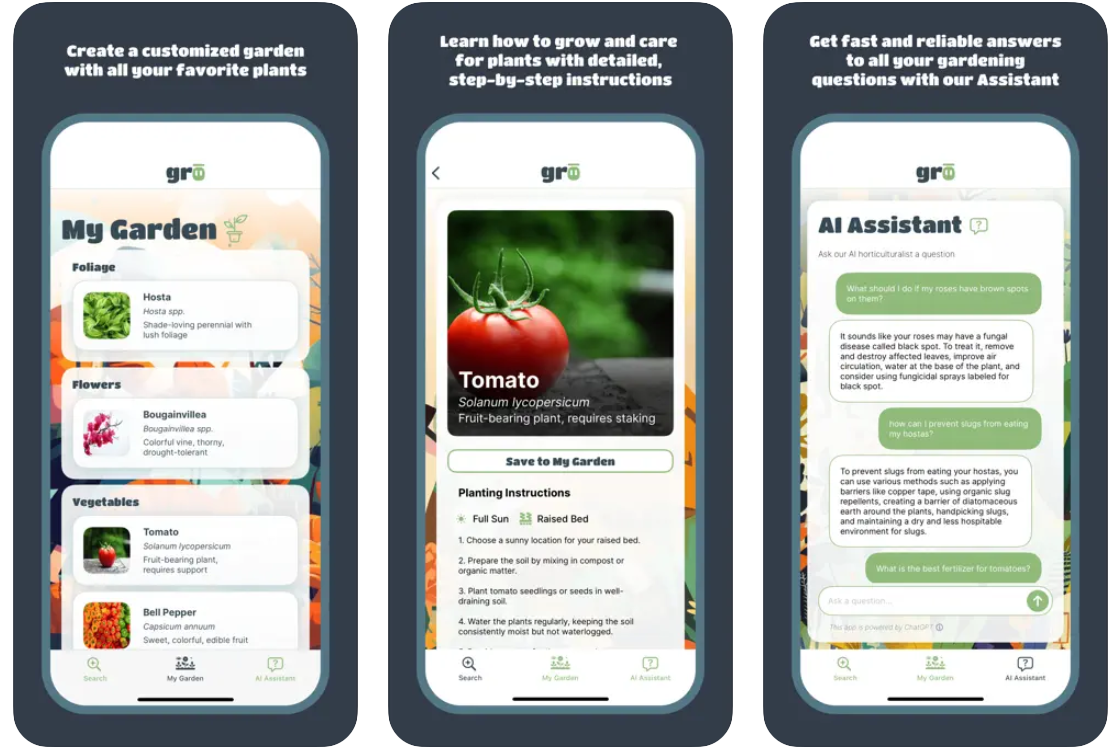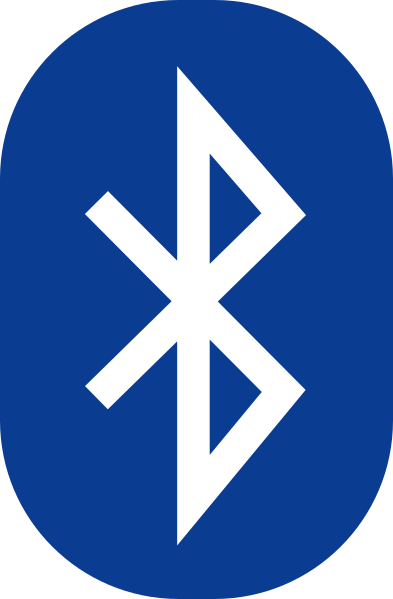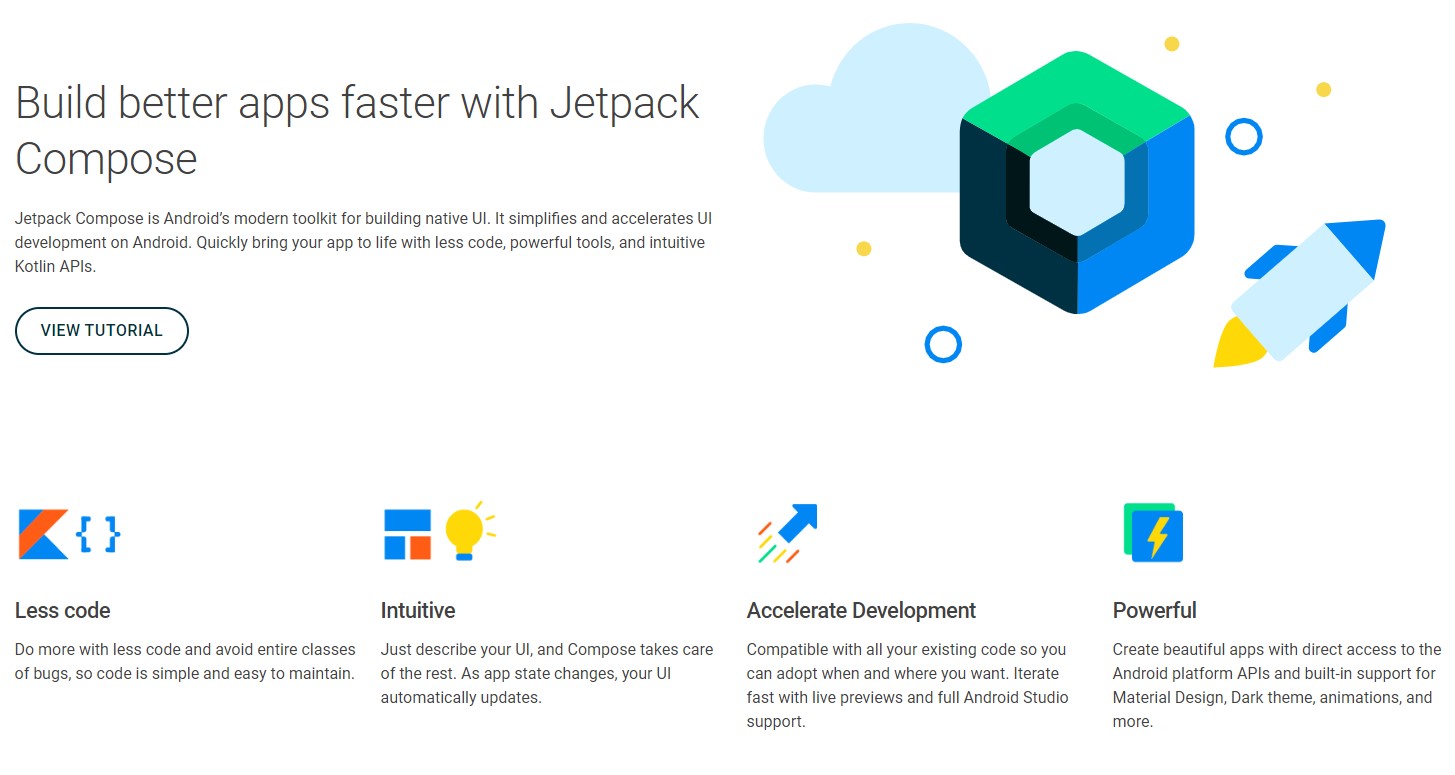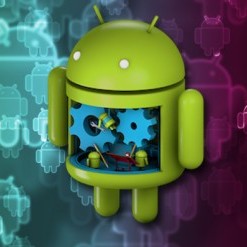GRŌ Your Offerings with AI Integrations

In June 2024, Grio launched the GRŌ app: an AI gardening assistant for novice gardeners. The GRŌ app was an excellent way for us to understand the full extent of AI’s capabilities while identifying pitfalls and limitations to avoid on future projects.







